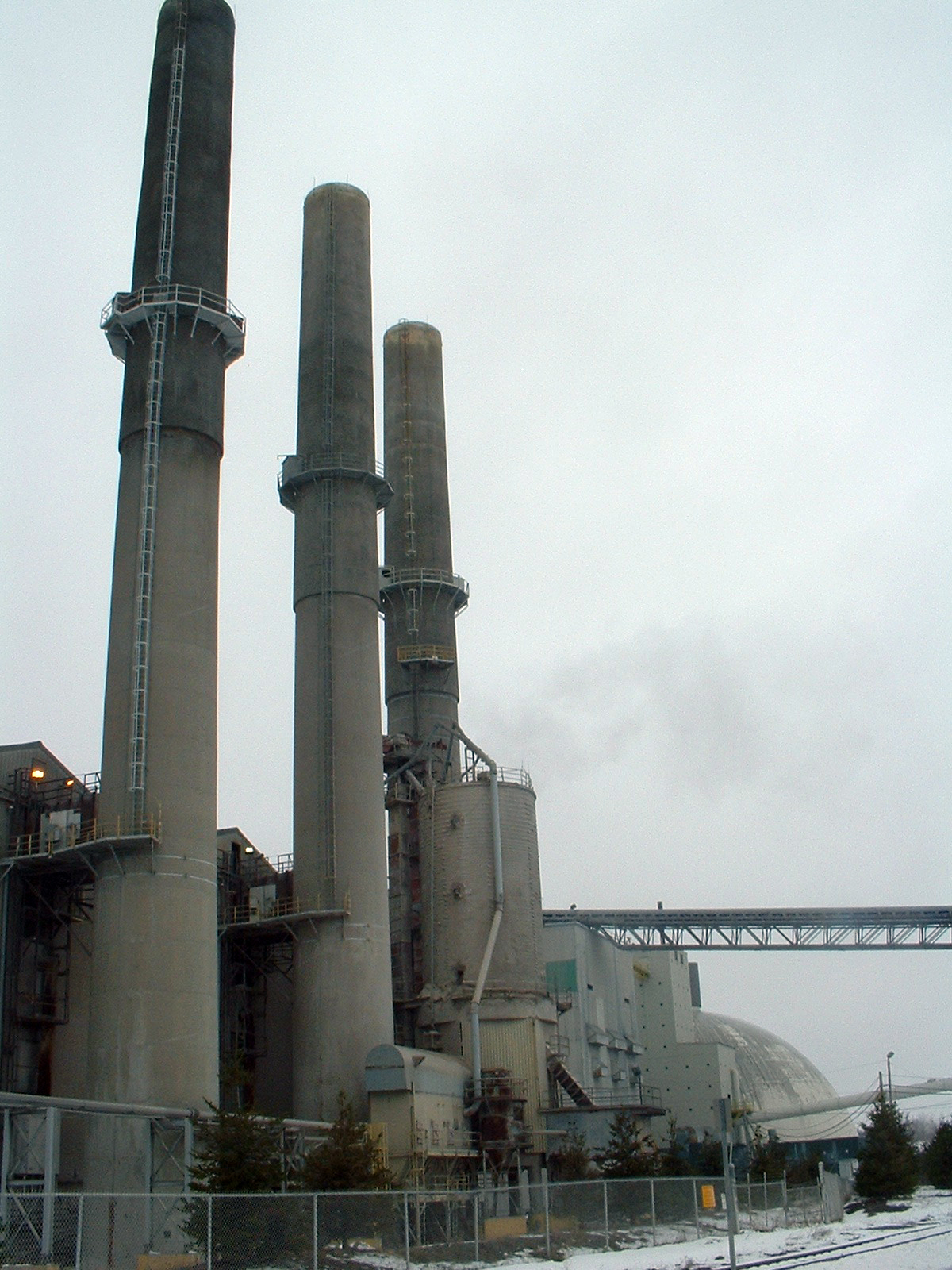The League of Conservation Voters is only two thirds of the way through filling out its 2010 “Dirty Dozen,” the group’s list of Congressional candidates with unimpressive voting records on clean energy and the environment. But candidates from Great Lakes states have already nabbed three of the eight spots. The lineup so far:
Tim Walberg (R-MI): Smilin’ Tim Walberg (pictured at right) opposed 32 of 33 pieces of environmental legislation the last time he was in office, including the No Child Left Inside Act, an environmental education program. Michelle Bachman (R-MN): A few gems from Bachman herself: “The big thing we are working on now is the global warming hoax. It’s all voodoo, nonsense, hokum, a hoax,” and, “I want people in Minnesota armed and dangerous on this issue of the energy tax because we need to fight back.








